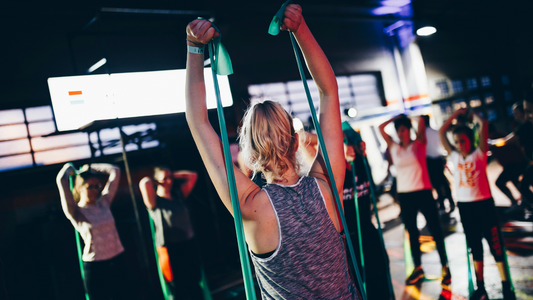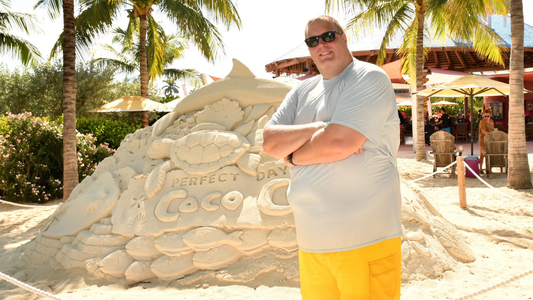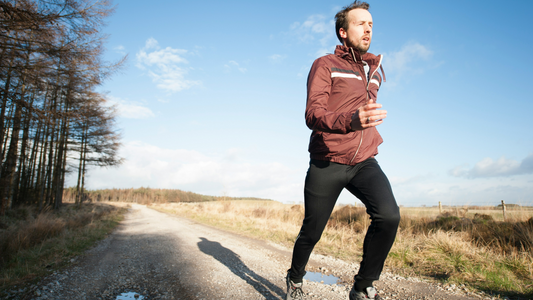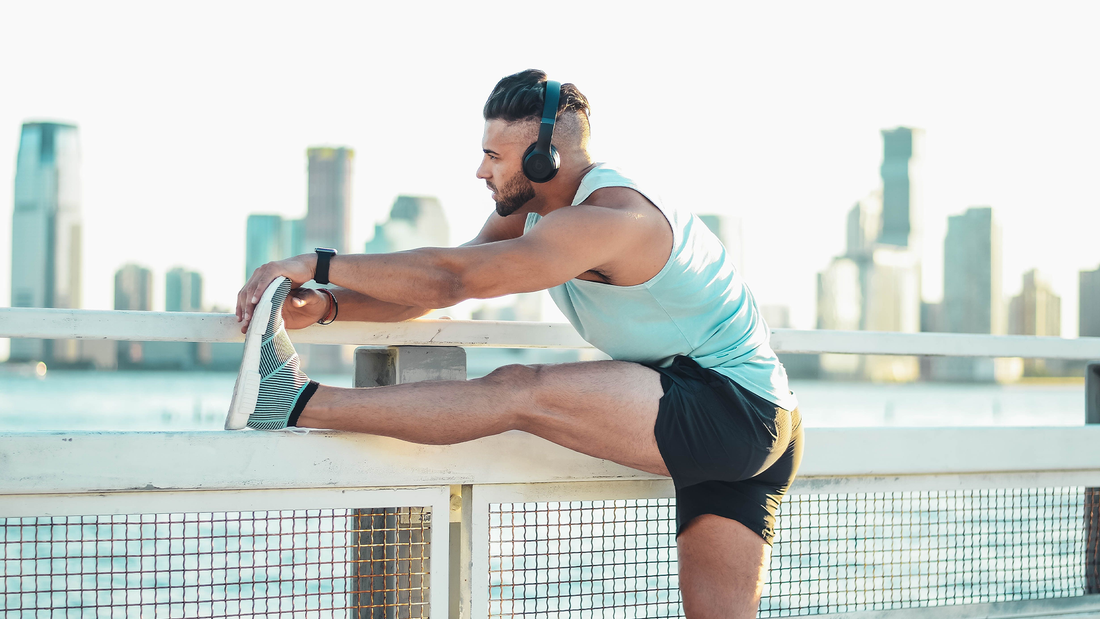
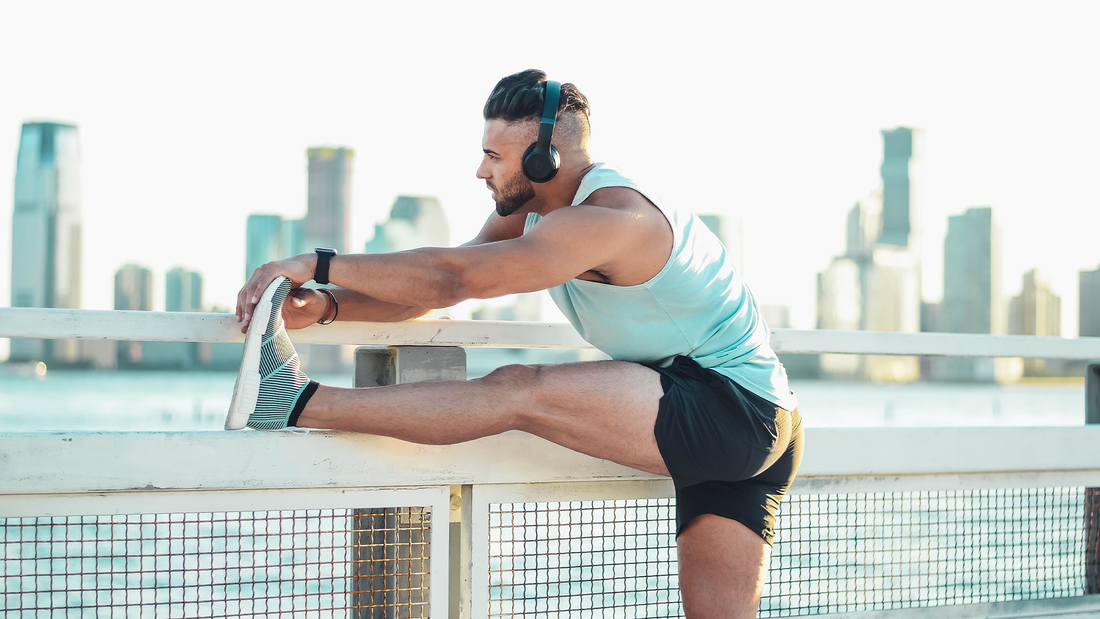
How Long Does It Take To Increase Your Flexibility?
ZOZOFIT knows that having a more flexible body is a worthy goal. However, in this age of instant gratification, you may quickly become discouraged when you don’t see results right away. The truth is, building physical flexibility requires significant time, effort and patience. You won’t see results immediately, but with persistence, you’ll notice improvements soon enough. If you’re wondering how long does it take to increase flexibility, here are a few things you should know.
How Long Does It Take To Increase Flexibility if You Start Immediately?
Flexibility may seem like something some people are born with and others aren’t. If you’re not “gifted” with flexibility, though, that doesn’t mean you have to spend the rest of your life being unable to touch your toes. Just as with fitness or any other worthy accomplishment in life, a more flexible body doesn’t happen on its own. You have to be willing to put in the work.
To avoid getting discouraged and quitting after a day of stretching and not seeing obvious results, it’s important to set realistic expectations. To do that, you need to know on average how it takes to increase flexibility. While everyone is different, here are a few general things you can expect on your journey to become a more flexible person.
If you begin stretching for at least 20 minutes a day, five days a week, you should begin to feel an improvement in about two to four weeks. That may seem like a long time, but think about how long you’ve been inflexible. It makes sense that your body won’t be able to correct this issue overnight. Start slow, resist the urge to push yourself to the point of pain, and give your muscles time to naturally lengthen and become more stretchy.
Why Flexibility Is Important
Does it really matter if you’re less flexible than the average person? If you’ve ever pulled a muscle engaging in simple household chores or exercises, then you know firsthand how undesirable it is to be inflexible. Being able to comfortably complete a wide range of motions without injuring yourself is one of the top benefits flexibility offers.
Don’t worry so much about the question of how long it takes to increase flexibility. Instead, focus on the benefits you can gain from putting in the work of stretching out your muscles on a regular basis.
Your body is under constant strain. Whether you’re carrying children around during the day or working a strenuous physical job, flexibility is essential. It can also help you move with greater agility, which can boost your confidence and help you feel more capable of performing various activities and movements.
Benefits of Flexibility
There are many benefits associated with flexibility:
- Lower blood pressure
- Improved agility
- Better quality of life
- Improved heart health
- Reduced risk of injuries
As you stretch and lengthen your muscles, you may notice the shape of your body changing. Regular stretches can help you look leaner and thinner, especially when combined with an exercise routine. Consider using ZOZOFIT's 3D body scanning app to help you track your changes with precision. With the encouragement of clearly seeing your body composition and shape change, you’ll be more likely to stick to your routine.
Flexibility is important for people of all ages, but it becomes increasingly important as you grow older. Many older adults experience frequent back, neck and joint pains that can be due in part to a lack of flexibility. To continue looking and feeling your best as you age, don’t forget to incorporate stretching sessions into your regular fitness routines.
The answer to the question of how long it takes to increase your flexibility changes with age. Children tend to be naturally more flexible than adults. As you grow older, it may take longer to improve your flexibility. However, the results are worth the time and effort involved at any age.
Tips for Improving Flexibility
There’s no question that flexibility is important, especially for avoiding discomfort and injuries. If you’re ready to start improving your flexibility today, here are some tips to help you achieve your goal.
Pay Attention to Your Body
Before beginning a new stretching routine, pay attention to which parts of your body feel the least flexible. Any tightness or discomfort during movements are good clues that a particular area needs extra attention. Focus on the tightest areas first, then move on to areas that are a little less tight.
Sit on the Floor
How long it takes you to improve your flexibility depends largely on how you try to get more flexible. For best results, it’s generally recommended that you sit on the floor. That way, you can relax your body as you lean carefully into different stretches without grappling with muscle tension.
Maintain Good Posture
One of the best ways to increase your flexibility even when you’re not actively stretching is to improve your posture. If you slump all day, the muscles of your core will weaken and become less lengthened. Correct this problem by sitting straighter throughout the day with your shoulders stacked over your hips.
Spend a Few Minutes Stretching Each Day
If you’re wondering, “How long does it take to increase flexibility?”, the answer is “forever” if you never work at it! If you can’t dedicate 20 minutes or more to stretches each day, don’t make that an excuse to avoid stretching at all. Even if you can only stretch for five minutes at a time, do it. Any amount of time you spend lengthening your muscles is beneficial to your flexibility.
Schedule in Stretching Sessions
If you consistently get to the end of the day and realize you didn’t make time for stretches, try scheduling your stretching sessions into your calendar. Give it the same importance you’d give a work meeting.
Stop Wondering How Long It Takes To Get More Flexible and Take Action
Instead of wondering how long it takes to increase your flexibility, start taking the steps necessary to become more flexible. As you do, your body will become more agile and lean. To track your body changes, download the ZOZOFIT app today. It’s easy to use and provides more accurate results than a measuring tape.

![zf-w-[168px] zf-h-[40px]](http://zozofit.com/cdn/shop/t/15/assets/logo-desktop.png?v=117713855448369080381753069598)


